Disney and Pixar's Coco is perhaps one of the most emotionally moving and excitingly engaging films they have ever produced. Taking inspiration from the Mexican Day of the Dead, Coco sees a young boy named Miguel trapped in the afterlife.
With only one way home, he has to search throughout the land of the dead in order to find someone who can grant him access back to the land of the living. The filmmakers created a rich and vibrant world for Miguel to explore on his journey and one that not only contains many Easter Eggs, but also a number of hidden details that may hint towards the history of the land.
10 Ancient Civilisation
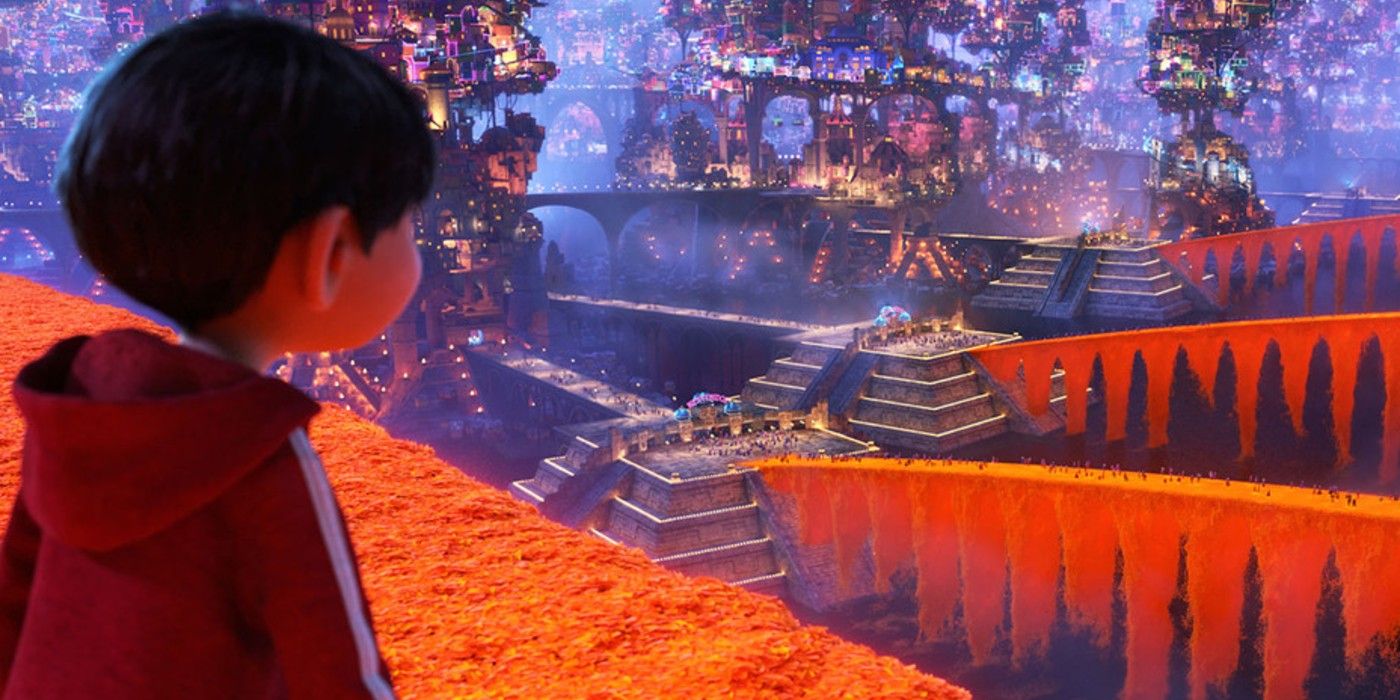
It's not entirely clear how long this afterlife system has been in place, but it can be assumed that it must have been ever since people started dying. Some of the architecture actually gives a sense of the age of the place though.
Some of the original structures used to connect the bridge of bright leaves, actually look Aztec in nature. Considering this is an ancient civilization it does hint at the fact that the day of the dead has been around for centuries.
9 The Luxo Ball
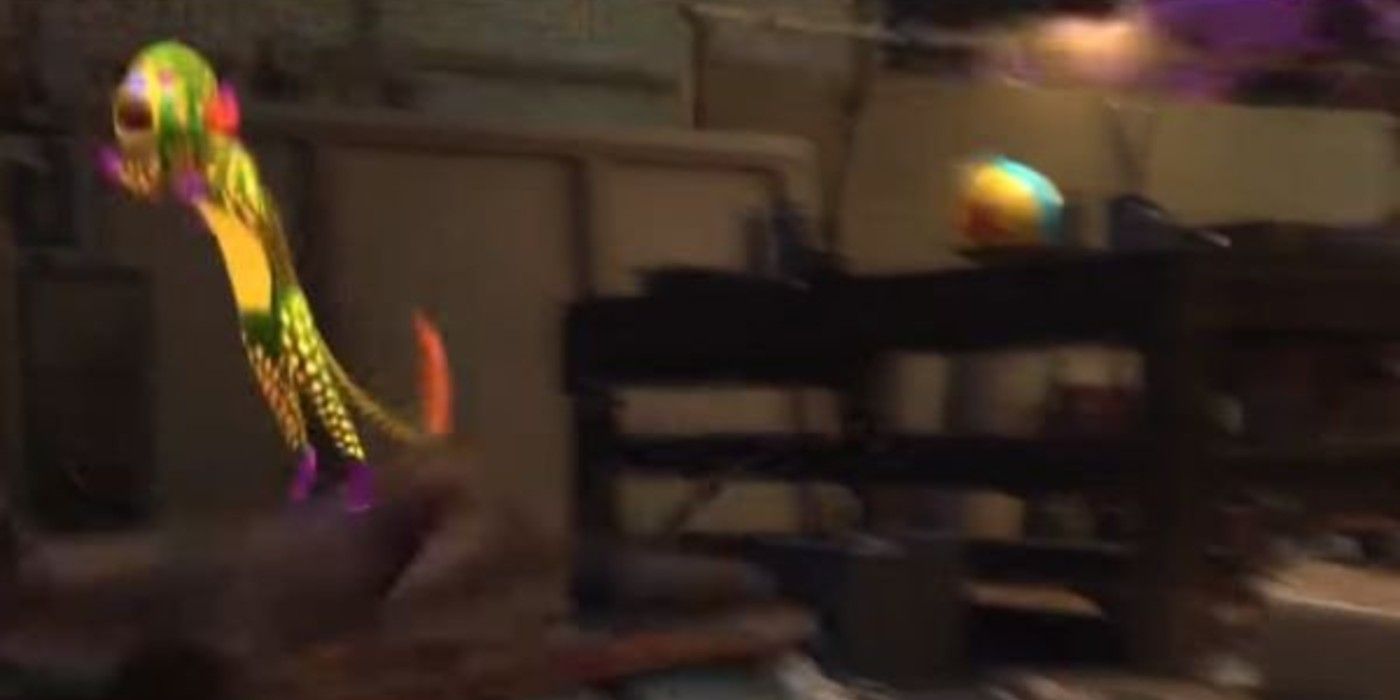
While their short films are often an exception to the rule, Pixar is well known for including little Easter Eggs that connect all of their projects together. It's pretty easy to spot inclusions like the Pizza Planet Truck.
But for Coco fans have to look a little closer to find that trademark Luxo Ball. It's actually hiding in the land of the dead, in a background shot that sees Frida's Alebrije leaping around. It's a blink and miss it moment, but one that continues that Pixar legacy.
8 There Are Prisons
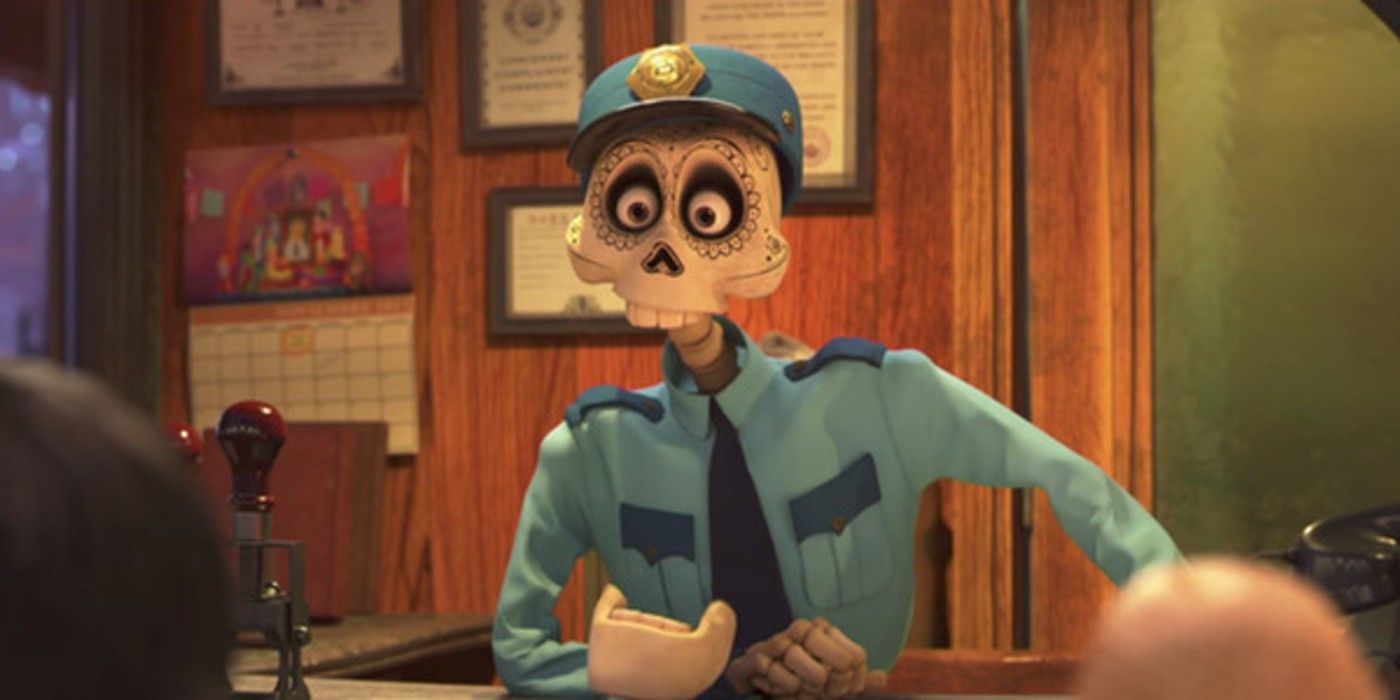
One of the interesting inclusions in this world is that there are both prisons and police officers. That suggests that there are still forms of crime in this place and it goes a long way to explain how Pixar's interpretation of the afterlife actually works.
It seems that those who have sinned in their past life can still make it to the land of the dead, after all the movie reveals Ernesto de la Cruz to be a murderer. The prisons are therefore created for the undesirables; those who have committed known crimes on Earth.
7 Leaves Connected To The People
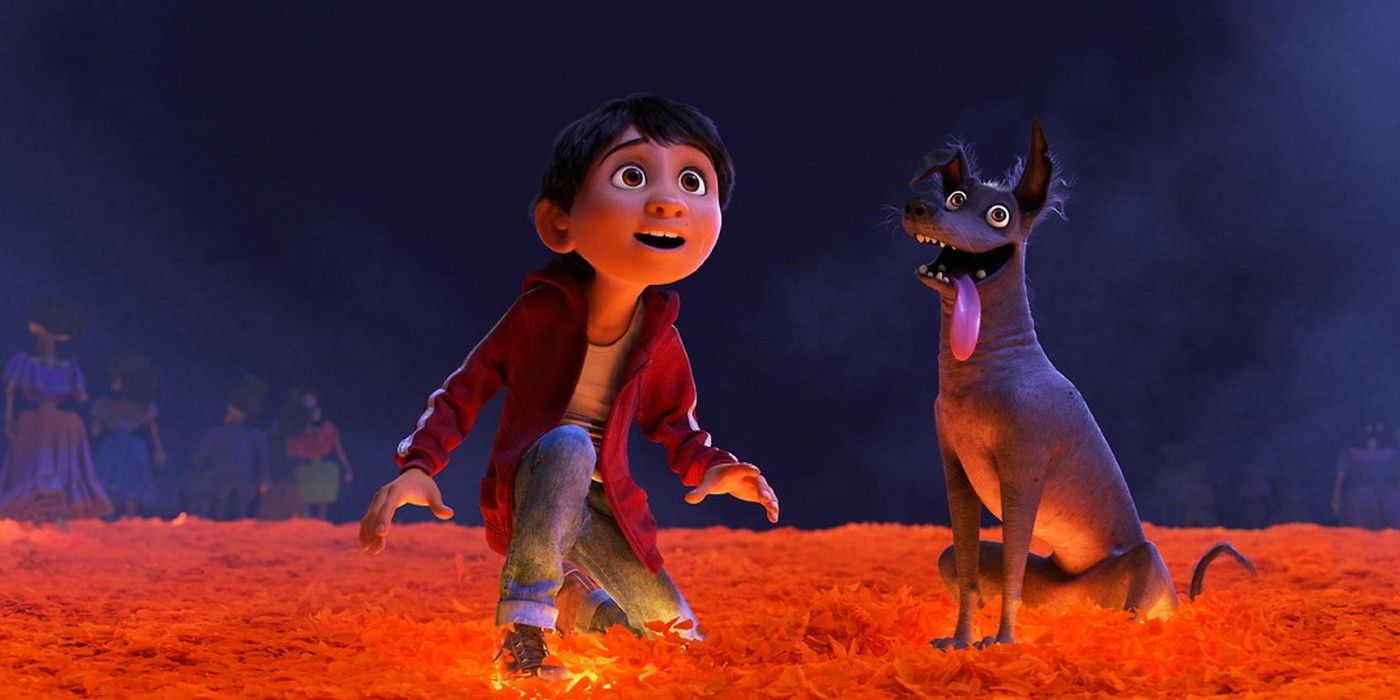
One of the reasons that Coco probably won't ever get a sequel is because of how difficult it was to animate. This gorgeous film was expensive and time-consuming. Just by looking at the glowing leaves, it's probably easy to see why.
Those leaves clearly have a connection to the people though. They don't allow anyone who is being forgotten across and can send Miguel home thanks to their connection with his family. There are so many though that it's likely they are linked to souls. It's very possible there's a leaf for every person.
6 A113
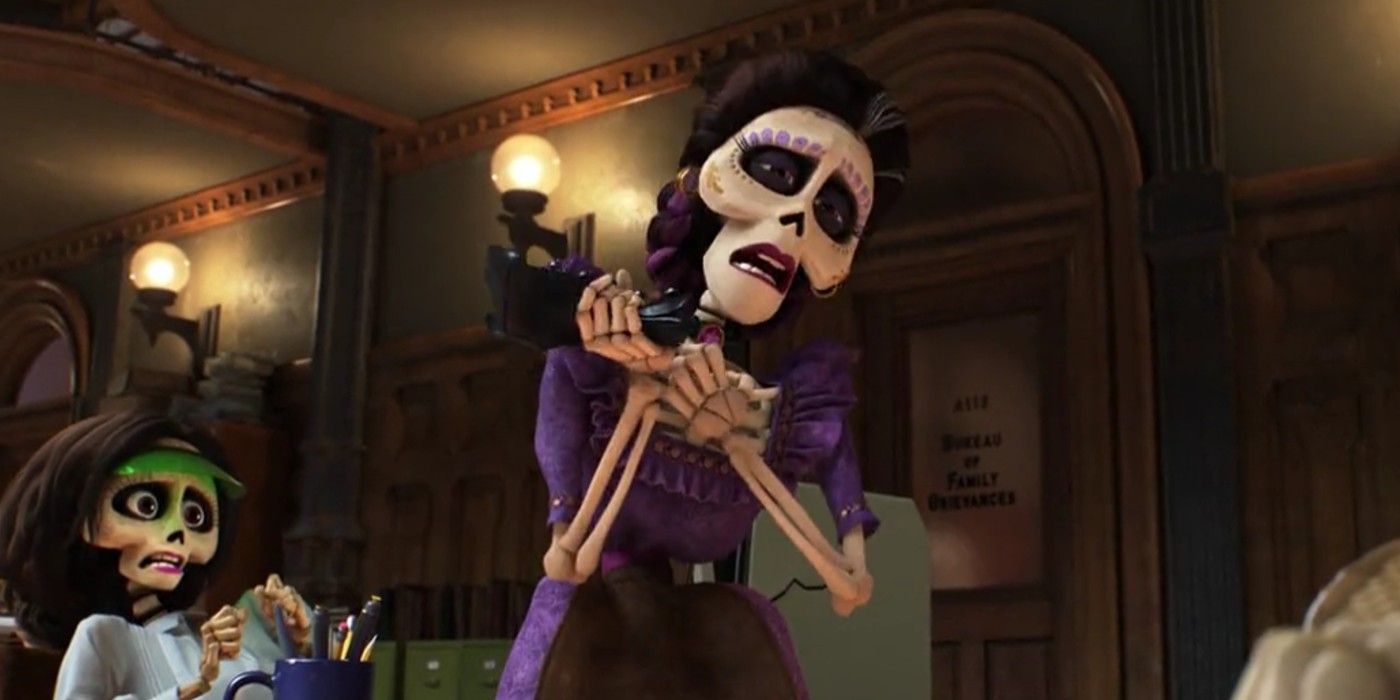
Another Easter Egg that is known to pop up in all of Pixar's major productions is the room known as A113. Some of Pixar's best films are thanks to those who studied in room A113 back in the Californian Institute of the Arts.
In Coco's case, the numbers and letter can actually be seen on a door inside the offices of the land of the dead. It's an important feature for the legacy of Pixar and another detail that shows the history of the studio.
5 Architecture Shaped Like Skulls
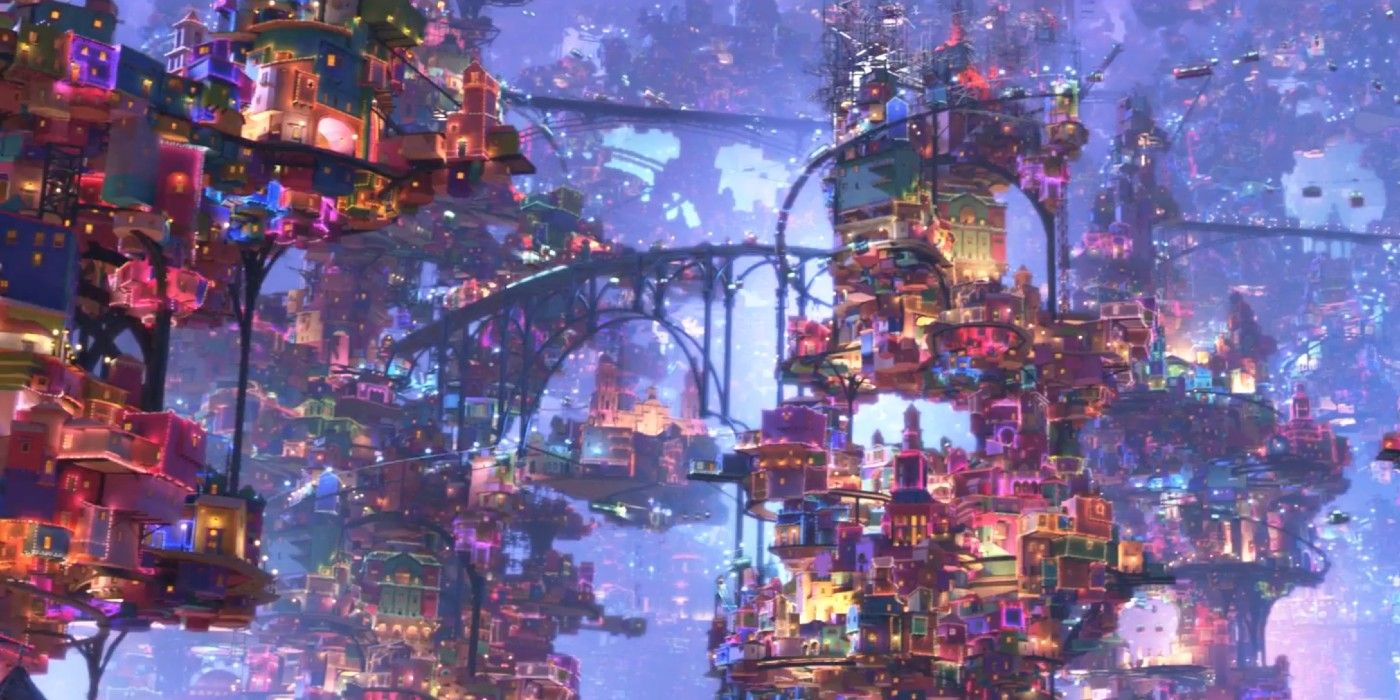
The architecture of the land of the dead is designed in a very specific way. Not only has it been slowly built up thanks to the generations of people who have died, but its design cleverly references the celebration of the dead itself.
The gaps between the buildings actually look a lot like skulls and other details such as trams are used to create the eyes. Skulls are really everywhere in the land of the dead, but this is a very clever and subtle way to pack in a few more.
4 Modernized Infrastructure
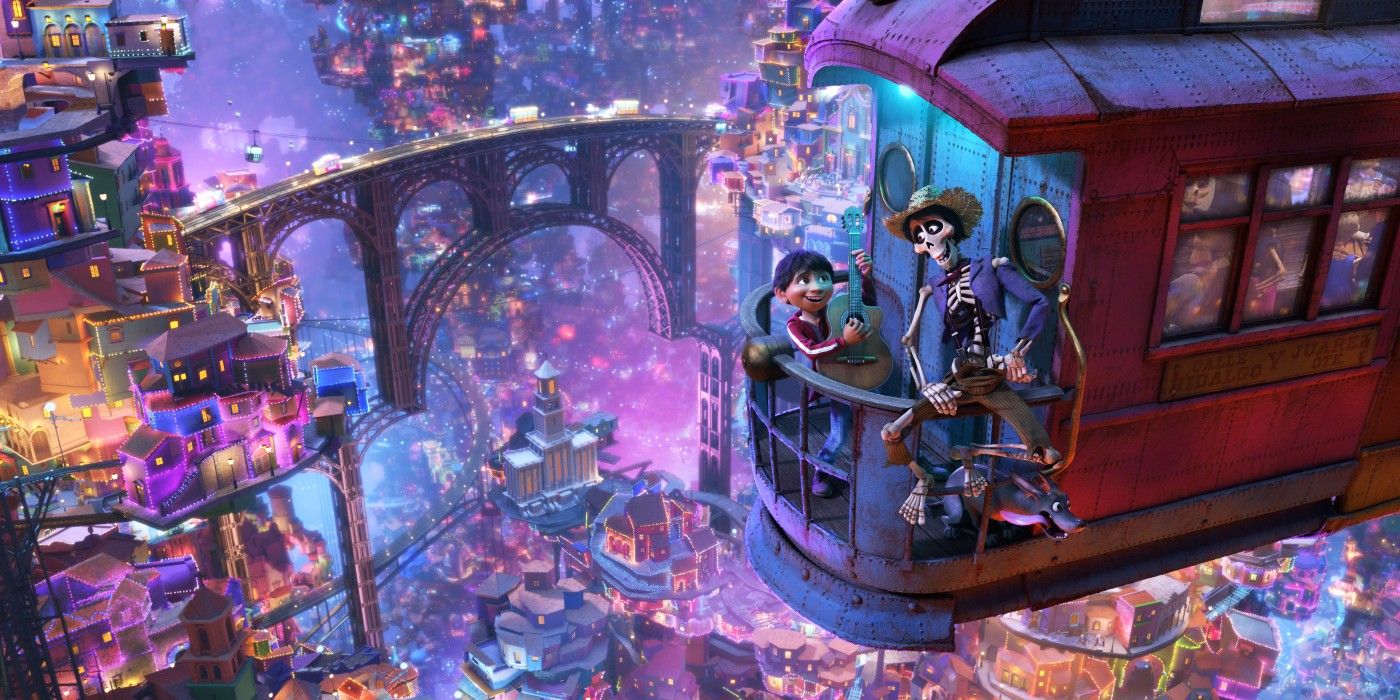
The expenses are still clear to see when zooming out a little in the land of the dead. The sheer detail is absolutely astounding, but it's clear that Pixar's animators have made sure to focus on some of the more practical details.
As time has moved along it's obvious that the land of the dead has followed suit. Its infrastructure has therefore been updated to reflect Earth. Old sky trams are now are a popular mode of transport, as it appears are cars that seem to be a recent development.
3 Specific Color Uses
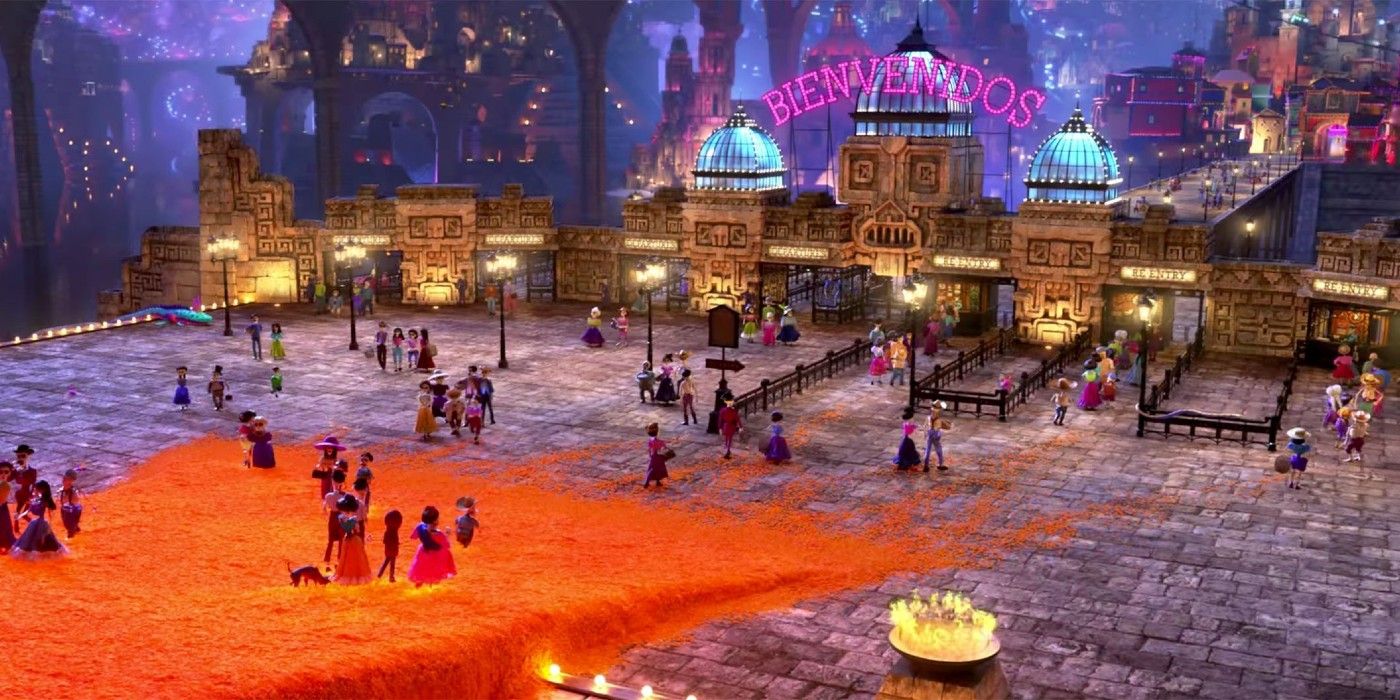
Coco is an incredibly colorful film. From the posters to the trailers, one of the biggest selling points was just how bright and cheerful the production made this movie.
But, looking closer it's clear that certain colors are actually relied upon more than others. Despite so many options, there's still a very warm color palette being used. With oranges, reds, purples, and bright pinks, it's only really Ernesto de la Cruz's wardrobe and surroundings that start to feel colder, shadowy or darker.
2 Incredibles 2
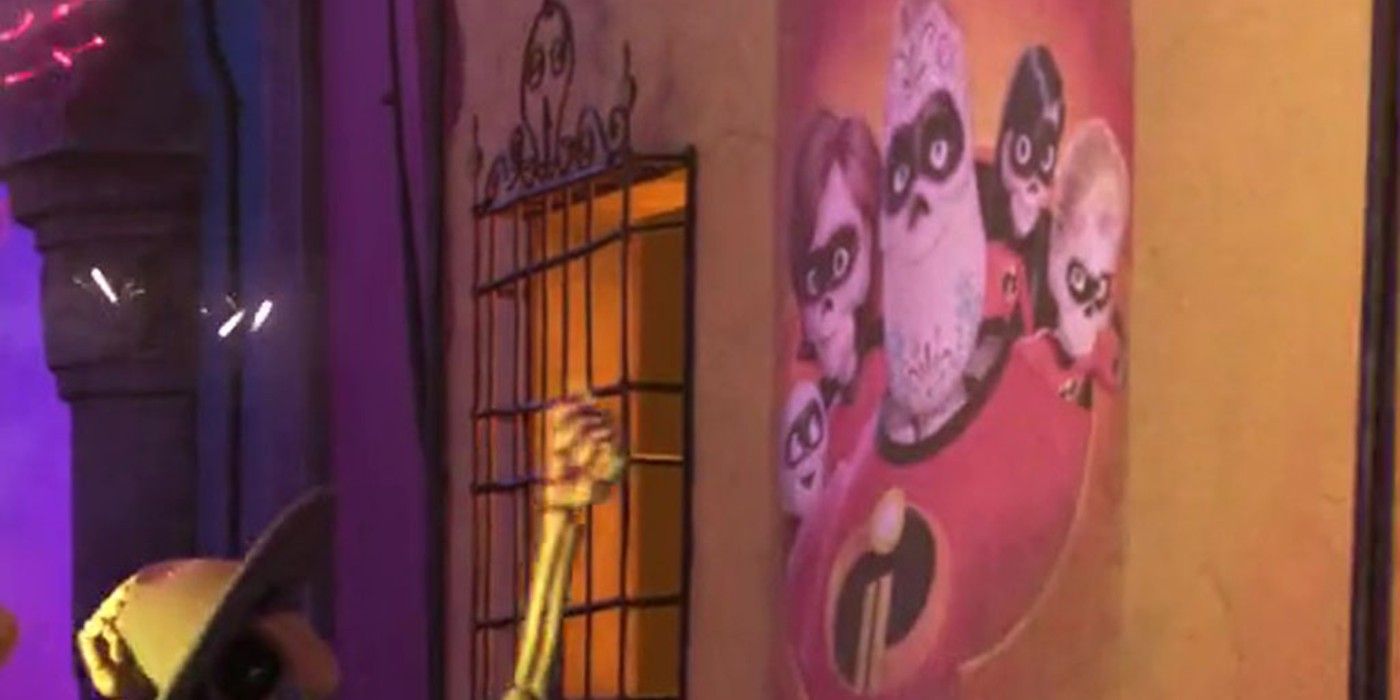
Coco was released before Incredibles 2 but the film didn't shy away from putting in some small promotion for its upcoming project. Look closely and it's easy to notice that the land of the dead must also have cinemas.
The inhabitants of this mystical land are enjoying a run of The Incredibles 2 that has actually been stylized to reflect the skull design of its citizens. This is a nice touch and a fun way to see what the Parr family would look like once they have died.
1 Districts
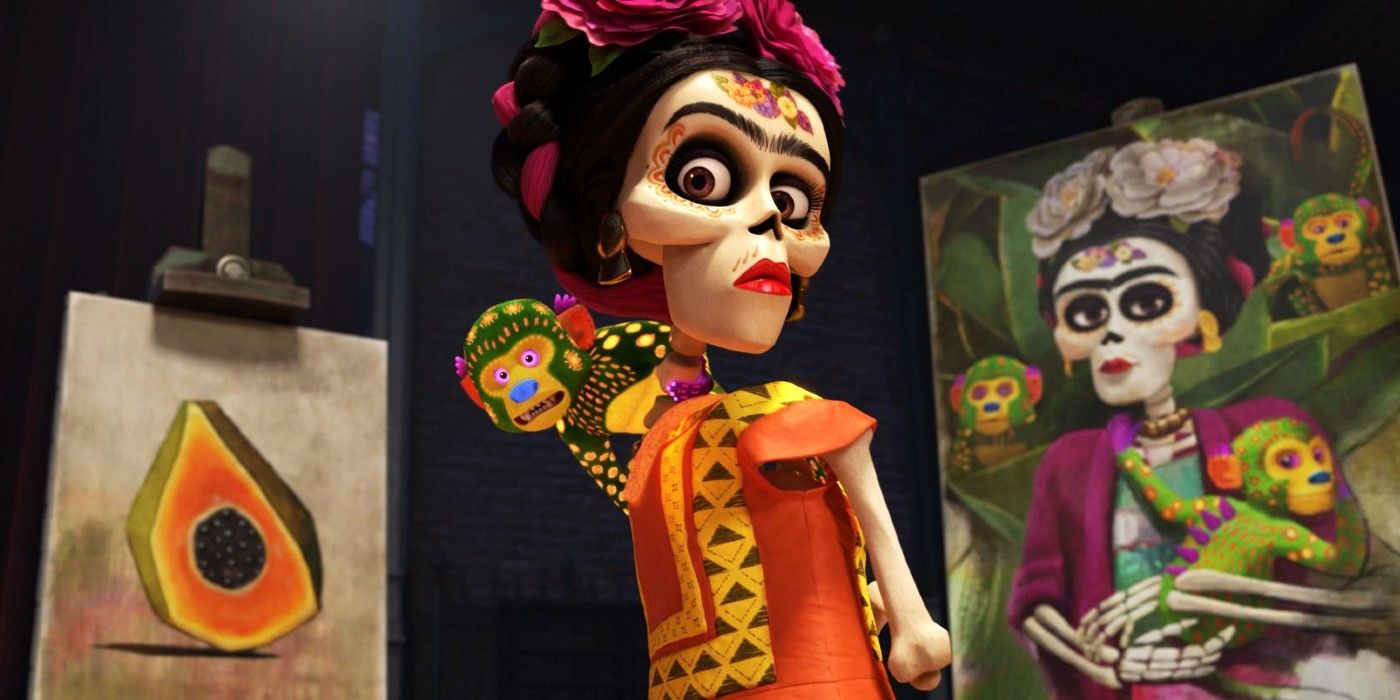
The land of the dead even has a proper way to organize its citizens. It's separated off into districts, creating a complex network of places to visit. The audience gets to see a few of these on Miguel's travels.
Frida is naturally to be found in the art district, alongside a number of other artists. Ernesto de la Cruz is in a far more expensive area, however, while Hector is known for living in what could be a poorer area, with those who are being forgotten.
from ScreenRant - Feed https://ift.tt/36VTHpC

0 Comments